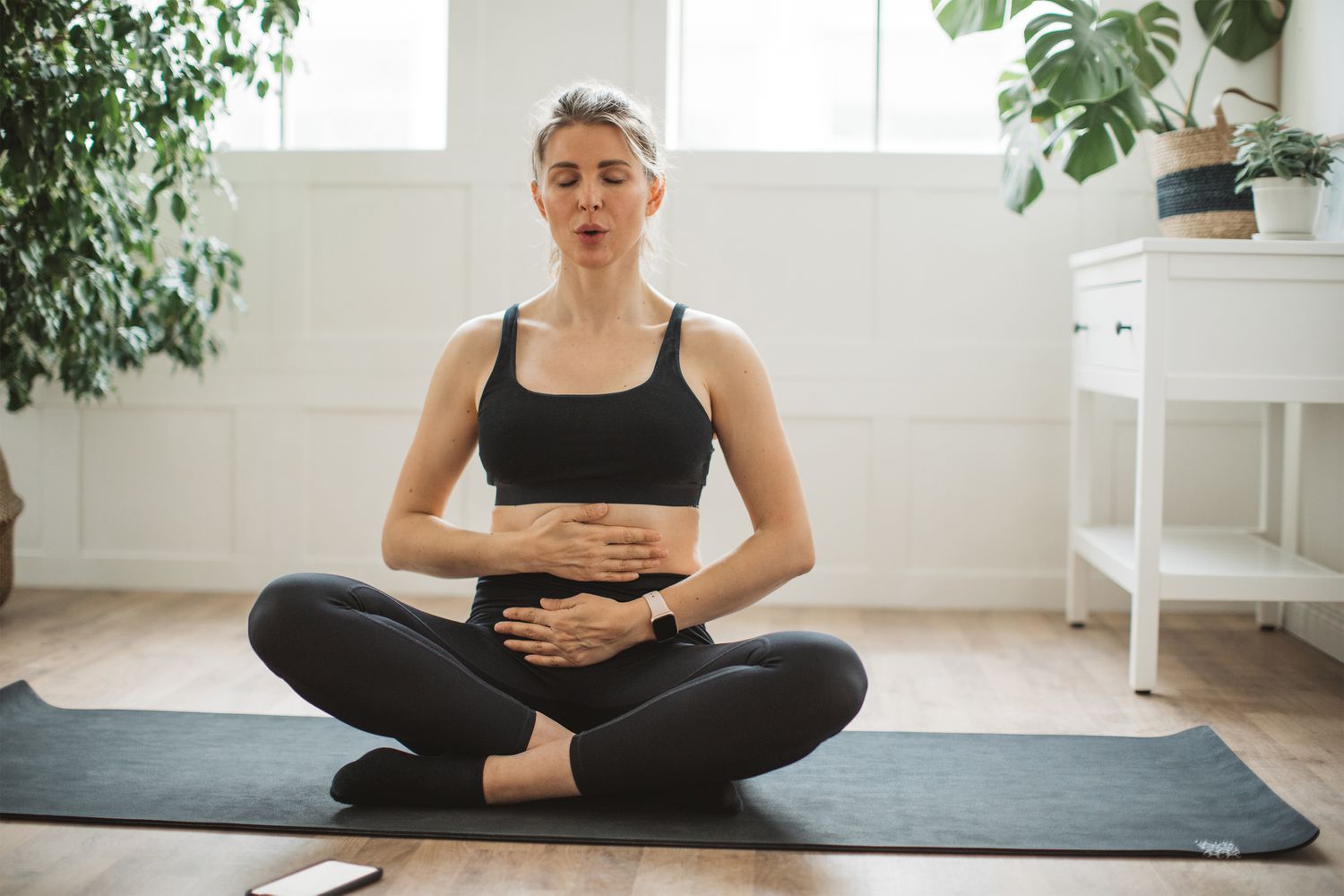1. The 4-7-8 Breathing Technique
One of the most popular breathing exercises for calming the mind and body is the 4-7-8 technique. This exercise is simple yet highly effective for slowing down your nervous system. To practice, sit or lie down comfortably, close your eyes, and inhale deeply through your nose for four counts. Hold your breath for seven counts, then exhale slowly through your mouth for eight counts. Repeat this cycle four times. This method helps regulate your heart rate, bringing an immediate sense of relaxation. Many people find it useful before bedtime as it can help quiet racing thoughts and prepare the body for restful sleep. Over time, incorporating the 4-7-8 technique into your daily routine can lower overall stress levels and improve focus. Practice consistently for best results, starting with just a few minutes each day and gradually increasing your session length.
2. Box Breathing (Square Breathing)
Box breathing is another effective technique that is widely used by athletes, public speakers, and even the military to stay calm under pressure. The name comes from the four equal steps of the exercise, creating a “box.” Start by sitting with your back straight and inhale through your nose for four counts. Then, hold your breath for four counts, exhale slowly through your mouth for four counts, and hold again for four counts. Repeat this cycle several times. Box breathing not only calms the nervous system but also sharpens focus and mental clarity, making it an excellent tool for high-stress situations. This technique can be done anywhere – at your desk, before a meeting, or even in your car during a stressful commute. Its simplicity makes it easy to remember and implement whenever you feel anxious.
3. Diaphragmatic Breathing (Belly Breathing)
Diaphragmatic breathing, often called belly breathing, is a powerful way to fully engage your diaphragm and promote deeper relaxation. To practice, sit or lie down in a comfortable position and place one hand on your chest and the other on your stomach. Inhale deeply through your nose, allowing your stomach to rise while keeping your chest relatively still. Then, exhale slowly through your mouth, feeling your stomach lower. This type of breathing encourages full oxygen exchange, slows your heartbeat, and stabilizes blood pressure. It’s particularly helpful for those who experience shallow breathing when anxious. Practicing belly breathing for just five to ten minutes a day can significantly reduce stress over time. You can also pair it with calming music or guided meditation to deepen its effect.
4. Alternate Nostril Breathing (Nadi Shodhana)
Rooted in yogic traditions, alternate nostril breathing—known as Nadi Shodhana—balances both sides of the brain and promotes a sense of inner harmony. To begin, sit comfortably with a straight spine. Using your right hand, place your thumb on your right nostril to close it, then inhale through the left nostril. Next, close the left nostril with your ring finger and release your thumb to exhale through the right nostril. Inhale through the right nostril, close it again, and exhale through the left nostril. This completes one cycle. Repeat for five to ten cycles. This exercise is particularly beneficial before meditation or during moments of emotional overwhelm. Many practitioners report feeling calmer, more focused, and less reactive after just a few minutes.
5. Equal Breathing (Sama Vritti)
Equal breathing, or Sama Vritti, is another simple yet effective method that promotes relaxation by creating a balanced rhythm between inhaling and exhaling. Begin by sitting in a comfortable position and inhaling through your nose for a count of four. Then exhale through your nose for the same count of four. Once you feel comfortable, you can increase the count to six or eight for deeper relaxation. The equal length of each breath helps calm the mind, regulate emotions, and center your thoughts. This technique is excellent for reducing stress during busy days or before bed to quiet your mind. Its gentle rhythm makes it accessible for beginners and advanced practitioners alike.




